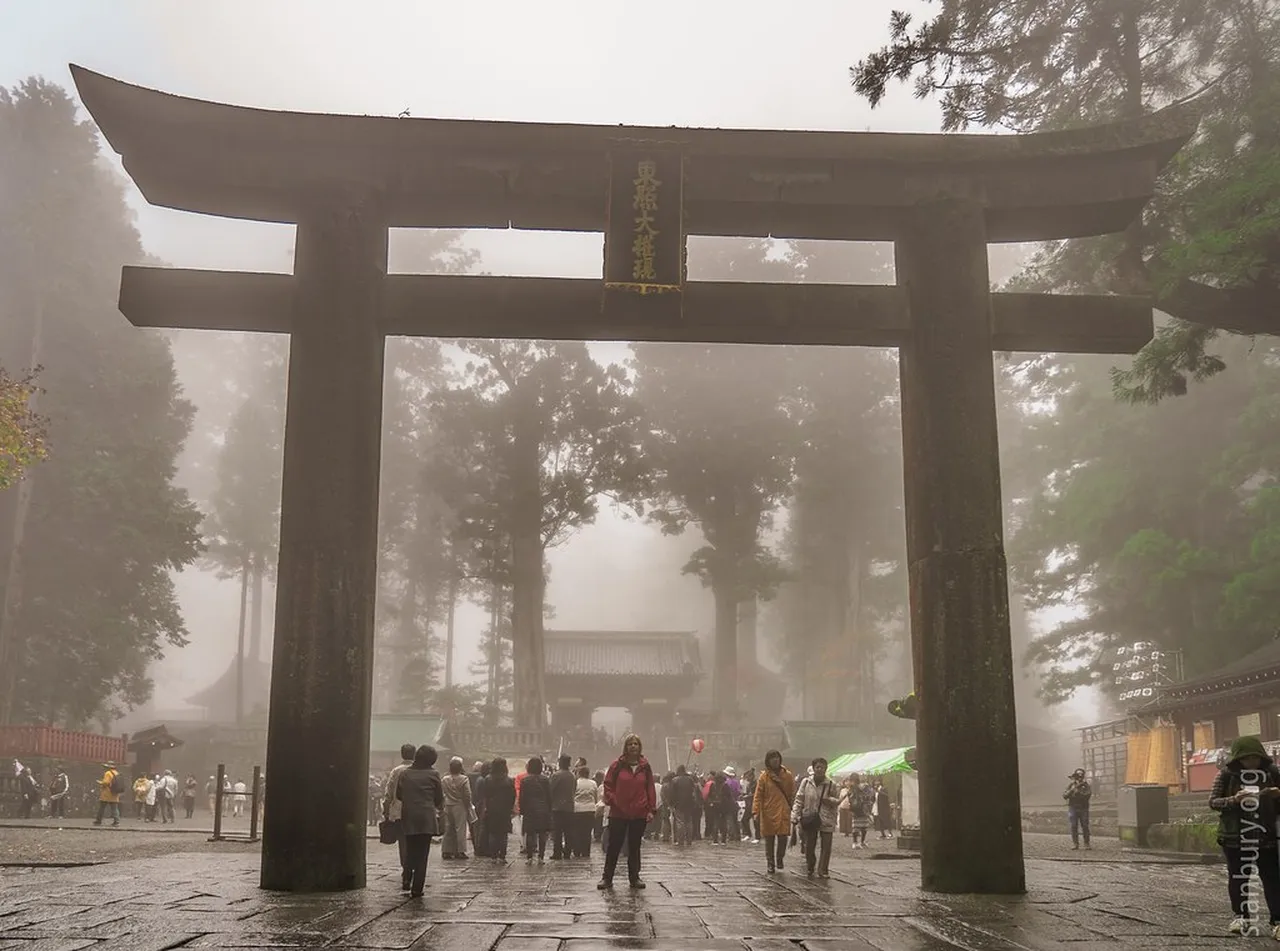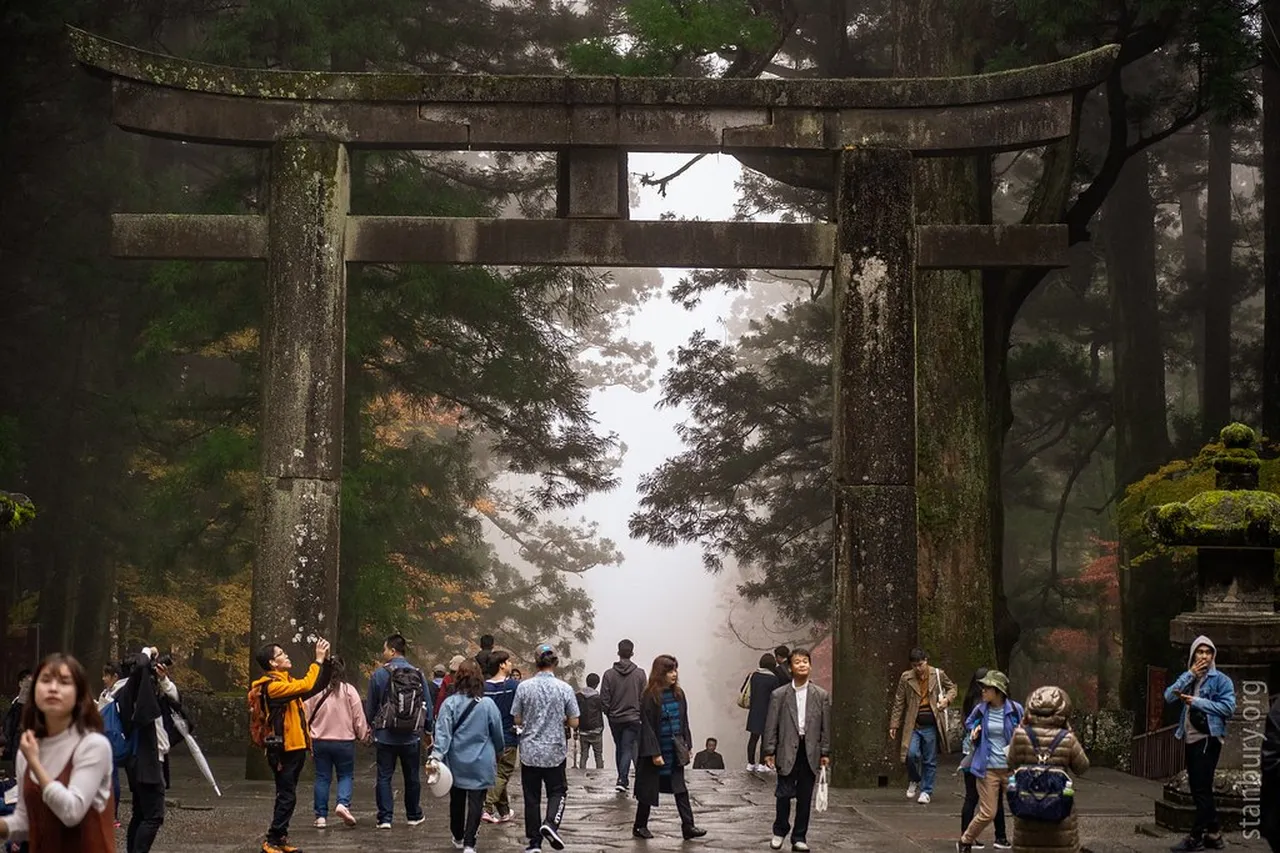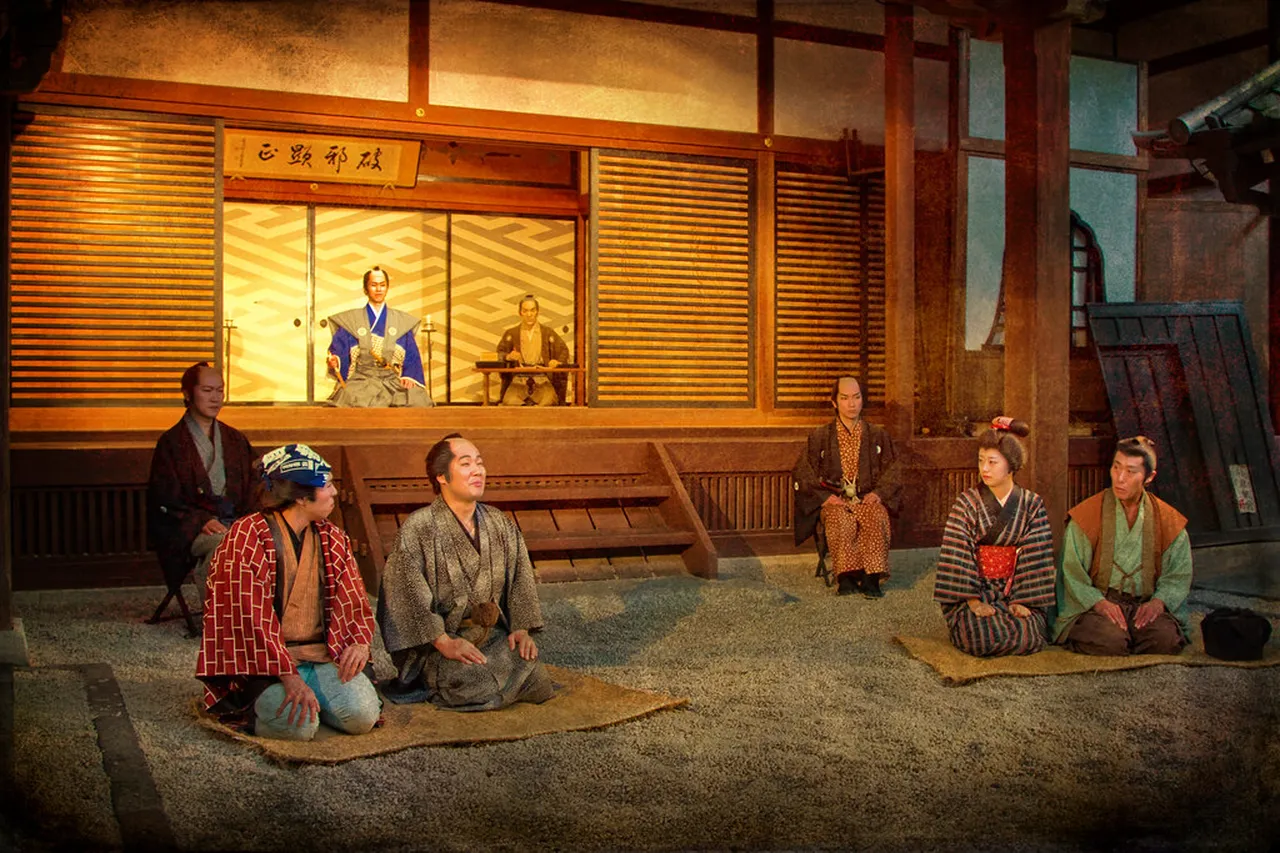
Nikkō Culture: Experience 10 Unique Traditions
Table of Contents
Nikkō Culture: Explore 10 Unique Traditions
Nikkō culture offers a rich tapestry of history, tradition, and stunning beauty, making it a must-visit destination in Japan. Nestled in the mountains of Tochigi Prefecture, Nikkō is home to an extraordinary blend of nature and cultural heritage, easily accessible from Tokyo. In this article, we will explore 10 unique aspects of Nikkō culture, from intricate Shinto shrines to vibrant local festivals. Thriving in this UNESCO World Heritage site, these cultural experiences provide travelers a deeper appreciation of Japan’s profound history and traditions. Join us as we delve into the heart of Nikkō and unveil the cultural treasures waiting for you.
Want to find the best travel deals for this destination? expert adventure planner with our adventure planning specialist!
1. Visiting the Sacred Shrines: The Heart of Nikkō Culture

Visiting the sacred shrines in Nikkō is undeniably a profound experience that embodies the Nikkō Culture. The most notable shrine, Toshogu Shrine, is a UNESCO World Heritage Site and serves as the final resting place of Tokugawa Ieyasu, the founder of the Tokugawa shogunate. When you wander through its ornate gates, you’ll be immersed in the spirituality and craftsmanship that define this region.
Moreover, the beauty of the surrounding landscape enhances the allure of these shrines. A visit typically involves strolling under the majestic cedar trees that line the paths leading to the shrines. Additionally, interacting with friendly local guides can enrich your understanding of the area’s rich traditions and historical significance.
2. Celebrating the Nikkō Toshogu Shrine Festival: A Spectacle of Tradition

The Nikkō Toshogu Shrine Festival is a vibrant celebration embracing Nikkō Culture and attracting visitors from around the world. Held annually, this festival features a mesmerizing procession that showcases traditional attire, historic performances, and soulful music. Attending this festival allows you to step back in time and appreciate the rich history of the region.
Not only does the festival celebrate the legacy of Tokugawa Ieyasu, but it also brings the community together, reinforcing the local cultural identity. You’ll find food stalls offering delectable treats, enabling you to experience the culinary heritage while enjoying festive Activities. Thus, taking part in this event is a must for anyone looking to truly appreciate Nikkō.
3. Experiencing the Autumn Colors: Nature and Nikkō Culture Unite

Experiencing the autumn colors in Nikkō is an absolute delight for nature lovers and a significant aspect of Nikkō Culture. During the fall, the vibrant hues of red and gold transform the landscape into a breathtaking palette. Notably, the Nikkō National Park is the perfect location for witnessing this annual spectacle.
As you hike through the trails, you can fully engage with nature and capture stunning photographs. Additionally, many visitors enjoy picnicking amid the colorful foliage, creating an unforgettable outdoor experience. This seasonal phenomenon not only showcases the natural beauty of Nikkō but also Highlights its deep connection with cultural practices, such as traditional tea ceremonies enjoyed surrounded by the scenic landscape.
4. Discovering the Traditional Craft of Yuba: A Culinary Delight

Nikkō is renowned for its unique culinary traditions, and one of the most cherished is yuba, or tofu skin. This artisanal craft showcases the deep connection between food and Nikkō culture. Yuba is created by boiling soy milk and collecting the delicate skin that forms on its surface. Not only is this dish rich in protein, but it also offers a taste of tradition.
Visitors can experience this delicacy through various local restaurants, where it is served fresh or dried. Moreover, yuba’s versatility allows it to be enjoyed in many ways—whether as sashimi, in soups, or as a component of hot pots. Moreover, engaging with the local artisans who create yuba presents an opportunity to learn about the cultural significance behind this delicacy.
5. Engaging with Nature: The Role of Taiheizan in Nikkō Culture

Taiheizan, or Mount Taihei, stands as a sentinel over Nikkō. This mountain is not just a beautiful natural landmark; it plays a significant role in Nikkō culture. The mountain is revered for its spiritual qualities and is often considered a sacred site within Shinto beliefs. Because of its spiritual significance, many locals and visitors engage in pilgrimages to its summit.
Furthermore, Taiheizan’s unique ecosystem provides habitat for a diverse range of flora and fauna. Nature lovers will find breathtaking landscapes and an abundance of hiking trails. In essence, exploring Taiheizan is an exploration of Nikkō culture and its deep interconnection with the natural world.
6. Participating in Shinto Rituals: A Glimpse into Local Beliefs
Participating in Shinto rituals offers a fascinating glimpse into the spiritual life of Nikkō. The local community actively engages in various ceremonies throughout the year, reflecting their beliefs and traditions. Visitors are often welcomed to observe or even participate in these sacred practices, providing insights into the heart of Nikkō culture.
During these rituals, attendees may witness purification rites, offerings at the shrine, and traditional dances. Additionally, being part of such Events enhances your understanding of the harmony between nature and spirituality that defines Nikkō. As a pro tip, joining a guided tour can enhance your experience, providing context and deeper understanding of these age-old practices.
7. Exploring the Art of Ikebana: Floral Arrangements in Nikkō
Ikebana, the Japanese art of floral arrangements, holds a significant place in Nikkō culture. While visiting Nikkō, you can witness firsthand how this traditional craft reflects the beauty of nature and spiritual harmony. Many local workshops offer hands-on experiences where you can learn about the principles of balance, harmony, and simplicity that define Ikebana.
Furthermore, the seasonal flowers of Nikkō enhance the beauty of these arrangements. For instance, the cherry blossoms in spring and colorful maple leaves in autumn serve as inspiration for many Ikebana artists. This practice not only promotes a connection with nature but also encourages mindfulness and creativity. You may even find that creating an Ikebana arrangement becomes a memorable highlight of your Nikkō journey.
8. Tracing History at the Nikkō National Park: Nature’s Archive
Nikkō National Park is more than just a natural paradise; it stands as a vital part of Nikkō culture and history. As you explore the park, you will encounter various trails that showcase stunning landscapes alongside historical sites. The lush forests and scenic waterfalls are not only breathtaking but also tell stories of ancient Japanese beliefs.
Moreover, the park houses several sacred sites such as Toshogu Shrine and Rinnō-ji Temple. When you visit these places, you can appreciate the deep connection between nature and spirituality in Nikkō culture. Additionally, guided hikes are available that delve into the historical significance of the flora and fauna you’ll encounter.
9. Experiencing the Nikkō Kankou Taiko Drum Festival: Rhythms of Tradition
The Nikkō Kankou Taiko Drum Festival is a vibrant display of Nikkō’s artistic heritage and cultural significance. Held annually, this festival Highlights the powerful and rhythmic sounds of Taiko drums, which are an essential part of Nikkō culture. This exhilarating event captures the essence of the community’s spirit and dedication to preserving their traditions.
During the festival, visitors can engage with various performances that showcase the skill and passion of local drummers. In addition to the mesmerizing beats, food stalls and craft vendors accentuate the lively atmosphere. As you immerse yourself in this joyous celebration, you’ll not only enjoy the rhythms of Taiko but also feel the strong sense of belonging within the local culture.
10. Discovering Local Legends and Folklore: The Myths of Nikkō
Recommendation: Don't miss out on amazing Nikko tours - book now!
Nikkō is not only a place of breathtaking natural beauty but also a rich tapestry of legends and folklore that has been passed down through generations. As you explore the area, you will encounter stories that reflect the essence of Nikkō Culture and its deep-rooted history.
One fascinating tale is that of the Tama River, which is said to be home to a mystical creature known as the Yamakami. According to local legend, this creature brings good fortune to those who respect and care for the natural environment. Consequently, many residents participate in rituals that honor this spirit, illustrating the profound connection between nature and belief.
Moreover, stories of the famed Nikkō Tosho-gu Shrine abound, particularly regarding the enigmatic figure of Tokugawa Ieyasu. His legacy is intertwined with various myths about his spirit influencing the prosperity of the region. As a curious traveler, engaging with these legends allows you to grasp the rich culture while deepening your appreciation for Nikkō’s mystique.
“Each story in Nikkō carries a piece of the past, providing a glimpse into the beliefs and traditions that shape the present.”
Nikkō culture is a remarkable representation of Japan’s rich traditions and natural beauty. By immersing yourself in the sacred sites, vibrant festivals, and local culinary delights, you gain a profound understanding of the region’s heritage. Which aspect of Nikkō culture intrigues you the most? Share your experiences and thoughts in the comments, and let’s celebrate the traditions of Nikkō together!